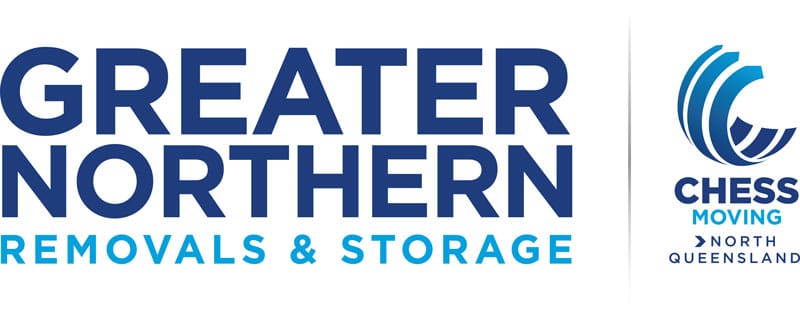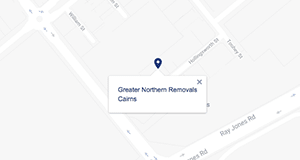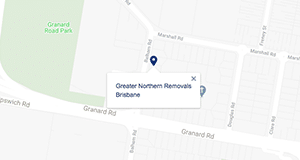Removalists’ guide to relocating your business
Over the last 35 years, we have helped many businesses and organisations move premises. Unlike moving home, where all you have to consider is your nearest and dearest, and their belongings, commercial relocations have different layers of complexity. Whether you’re moving due to expansion, to purpose-built premises, or just for a change of scenery; coordinating the move of a team of ‘professionals’, IT equipment, office furniture and a couple of hundred plant pots and photo frames, is a little bit more challenging. This is before you even get to informing your customers, suppliers and the cleaner about your move.
Whether you are the lucky project manager who is up for the task, or the only one who left their hand up at the team meeting, we’ve prepared our list of tips to help psyche you up and ensure you nail this!
1. Planning the move
Assuming your business has found the ideal location for your next premises, now comes the fun part of planning the move of all business assets, personnel and infrastructure. The trick to a successful relocation is time and planning. If you allow yourself enough time and you have a plan in place, chances are everything will go to plan.
The first part of your plan should be identifying your moving project manager, or for larger businesses you may even need a moving committee. At the very least, no matter what size your business is, having a lead to coordinate and communicate updates is vital.
If you are the ‘moving project manager’, it may be tricky to know where to start. However, here are some considerations that will help you draw up the initial plan:
- Do you have a budget to facilitate the move? If you don’t have one, you are going to need one.
- Do you have a date for the move? It’s important to know if you have six months or six days to get this completed. Hopefully, you will be allowing yourself months, if not you may need all hands on deck.
- Find out what needs to be bought, moved, changed or refurbished as part of the move. Having an inventory will help you communicate your needs with external removalists and identify any shortcomings in furniture or equipment in the new office.
- Seek advice from the IT department. Any special requirements or ‘down time’ caused by the move, will impact the project and the business, so knowing these things up front will reduce your stress later on.
- Choose a removalist company that can facilitate the move and has experience and specialised equipment to make your move a seamless, stress free experience.
2. Outline the new office layout
Whilst it may be a few months before you even move premises, having a clear idea of where and when everything and everyone will go, will help you prioritise your move. If seating arrangements can be agreed jointly or at least with department heads, you will avoid being the target of many, many gripes your colleagues will no doubt share with you.
Once you have the plan agreed internally, you can begin colour coding the floor plan and the items you need the removalists to take care of.
In addition, you and your colleagues should begin to declutter your current office or premises to ensure that you are only moving the items that need to be moved.
3. Set up communication and internet services
Make sure you have a clear understanding of the process for internet and telecoms providers to switch locations. Taking time to explain the timeframes and the key requirements will ensure they are on board and will help you and the team get back to work as soon as the move is complete. Also, have a backup plan up your sleeve should the ‘phone lines’ be down. A simple ‘out of office’ message for the timeframe of the move, that provides mobile contacts, will ensure your customers can track you down should your landline be unavailable.
Your IT department may also wish to make backups or provide access to key resources via cloud-based services, if they don’t already.
4. Communicate your move to staff, customers and suppliers
If your business premises are frequently visited by customers and suppliers, you may wish to give the ones you like a heads up. An email notification in advance of the move may be sufficient, but you could also develop a mini-marketing campaign to ensure everyone receives the message loud and clear, way before they discover ‘you’ve gone’. This will also prevent any concern that your business has closed permanently. Another option is to organise professional signage outside the premises you are leaving which tells customers where your new location is. Make sure you speak to the landlord before organising this.
5. Priority items
Moving priority items that will minimise the disruption to your business, is important. Often these are key operational tools such as computers, routers, servers etc, but these can vary business to business.
A professional removals company will be able to assist and also provide additional services to speed up the process such as dismantling and assembling furniture – because everyone will need a desk.
6. Moving day
On the day itself, the project manager and the moving committee should be present. With a clear floor plan and colour coding to identify what needs to be moved and where, your removalists will have you packed, unpacked and business-ready in no time.
7. Remember to update your address
Finally, once the dust has settled, ensure your directory listings, website, stationery and social media channels are all updated with your new address.







